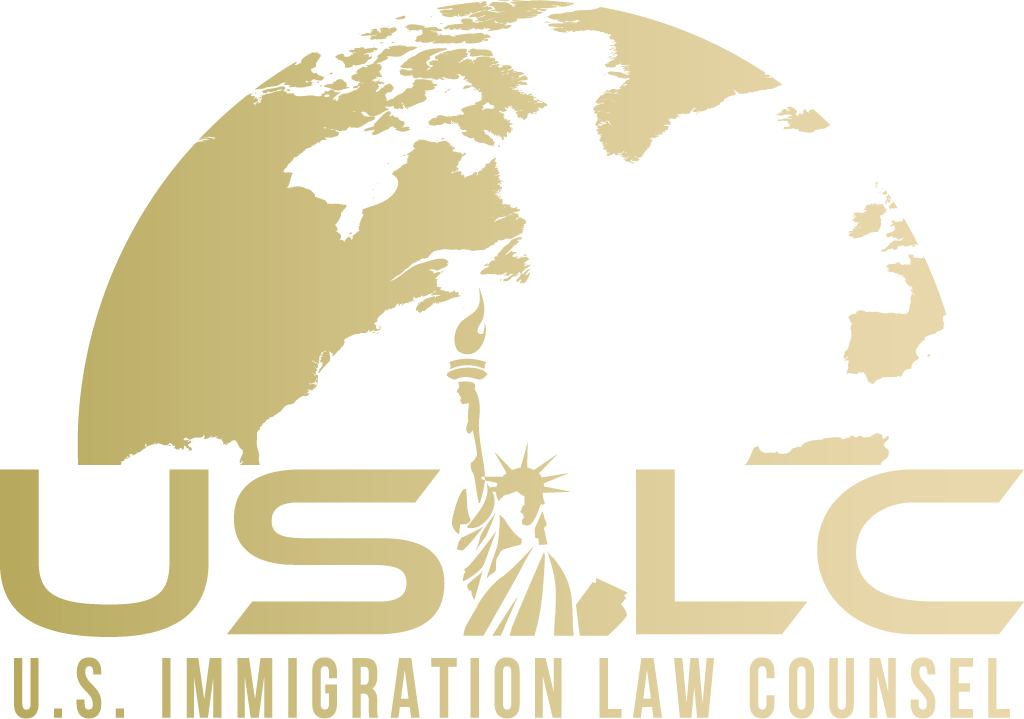The EB-5 Immigrant Investor Program is a type of investment visa created by Congress in 1990 to stimulate the U.S. economy through job creation and capital investment by foreign investors. Under the program, which was first enacted as a pilot in 1992 and administered since then by the United States Citizenship and Immigration Services (USCIS), you may qualify for EB-5 classification by investing through regional centers designated by USCIS based on proposals for promoting economic growth. On March 15, 2022, President Biden signed the EB-5 Reform and Integrity Act as part of the Consolidated Appropriations Act, 2022 (Public Law 117-103), which created new requirements for the EB-5 immigrant visa category and the Regional Center Program. Immigrant visas are authorized under the Regional Center Program through Sept. 30, 2027.
All EB-5 investors must invest in a new commercial enterprise that was established after Nov. 29, 1990; or on or before Nov. 29, 1990, that was:
- Purchased and the existing business is restructured or reorganized in such a way that a new commercial enterprise results or
Expanded through the investment, resulting in at least a 40% increase in the net worth or number of employees.
What Defines a “New Commercial Enterprise” for an EB-5 Immigrant Investor Visa?
A new commercial enterprise means any for-profit activity formed for the ongoing conduct of lawful business, including:
- A sole proprietorship
- A partnership (whether limited or general)
- A holding company and its wholly owned subsidiaries (provided that each subsidiary is engaged in a for-profit activity formed for the ongoing conduct of a lawful business)
- A joint venture
- A corporation
- A business trust
- A limited liability company or
- Other entities may be publicly or privately owned.
This definition does not include noncommercial activity, such as owning and operating a personal residence.
Direct EB-5 Investments vs. Regional Center Investments
Historically, EB-5 petitioners could make an investment in one of two ways: a direct investment or a regional center investment.
These two types of investments have features in common. Direct and regional center investments require the same investment amounts—$1,050,000 for a standard investment and $800,000 for a Targeted Employment Area investment. Both options require the creation of 10 full-time U.S. jobs, as well as compliance with other EB-5 requirements, such as keeping the invested capital “at risk” until the end of conditional permanent residency.
While both direct and regional center EB-5 investments require the same amount of investor capital and the need to create 10 full-time U.S. jobs, the two types of investments differ substantially in terms of eligible jobs, the investment structure, the type of potential return, and other benefits.
You can make a direct EB-5 investment directly into the job-creating business. In the past, most direct investments were made into owner-operated businesses, like franchises. But since the Regional Center Program expired after June 30, 2021, a new kind of direct investment model has emerged: investment into companies with proven concepts that are looking to expand with non-dilutive EB-5 capital.
Your direct investment in a company needs to be responsible for creating 10 full-time jobs. If you’re operating your own business, you and your family members do not count towards this quota. Direct investors are limited to counting only direct or operational jobs created by the business that received the investment capital.
You can make an EB-5 regional center investment to obtain a visa. In fact, easier job creation and robust marketing by regional centers have led to about 95% of all EB-5 investments having been made in the past through the Regional Center Program.
According to USCIS, “an EB-5 regional center is an economic unit, public or private, in the United States that is involved with promoting economic growth.” Regional centers help pool together the capital investment of multiple investors in order to sponsor job-creating projects. The regional center investment structure is far different and more complex than the direct investment structure in that you would invest in an EB-5 fund, otherwise known as the new commercial enterprise (NCE), which is an entity created solely to raise and lend money. This EB-5 fund then restructures the investment capital as a loan to the business that creates the qualifying jobs, the job-creating entity (JCE). The different entities may or may be under common control.
Regional center investors can count both direct jobs and indirect jobs created by their investment, including those created by supplier industries, and induced jobs, i.e., employment in the local community that is created by investment-project workers spending their money in the area. Both indirect and induced jobs are not actually counted but are projected by economic modeling.
Alternative Investment Avenues to Obtain a Visa
In addition to the EB-5 Immigrant Investor Program, there are other investment avenues available for you to obtain U.S. visas. If you make a substantial investment in U.S. Treasury securities, you may be able to support a visa application under certain circumstances, although it doesn’t directly lead to citizenship.
You can also invest in a U.S. business outside of the EB-5 program that creates a significant number of jobs, which can potentially qualify you for a visa under categories like the E-2 Treaty Investor Visa, which is available to nationals from countries that currently maintain treaties of commerce with the United States. However, the E-2 visa doesn’t directly lead to citizenship and requires renewal.
Alternatively, you can donate to national development funds. While this is a popular route in some countries for citizenship-by-investment programs, it’s not a recognized pathway for obtaining U.S. citizenship.
Each of these alternative investment options comes with its own set of legal requirements and does not guarantee citizenship, so it’s best to get an experienced immigration attorney to help you understand the implications and eligibility criteria of each investment type.
Contact an Immigration Attorney
Do you have questions about investment options for citizenship in the US? Then contact US Immigration Law Counsel through our website or by calling 1-800-666-4996. We deal with the government so you don’t have to. We look forward to helping you at this time.






